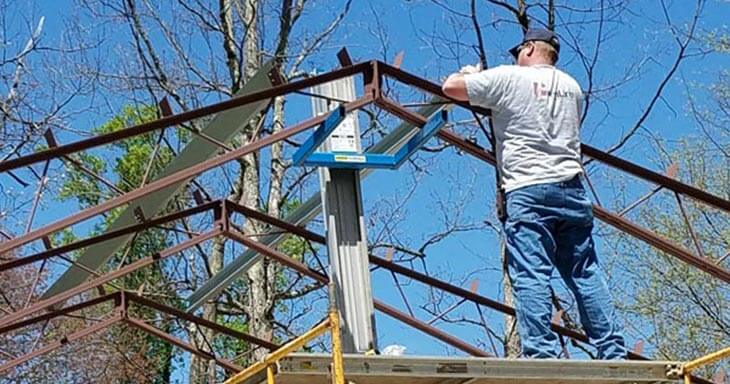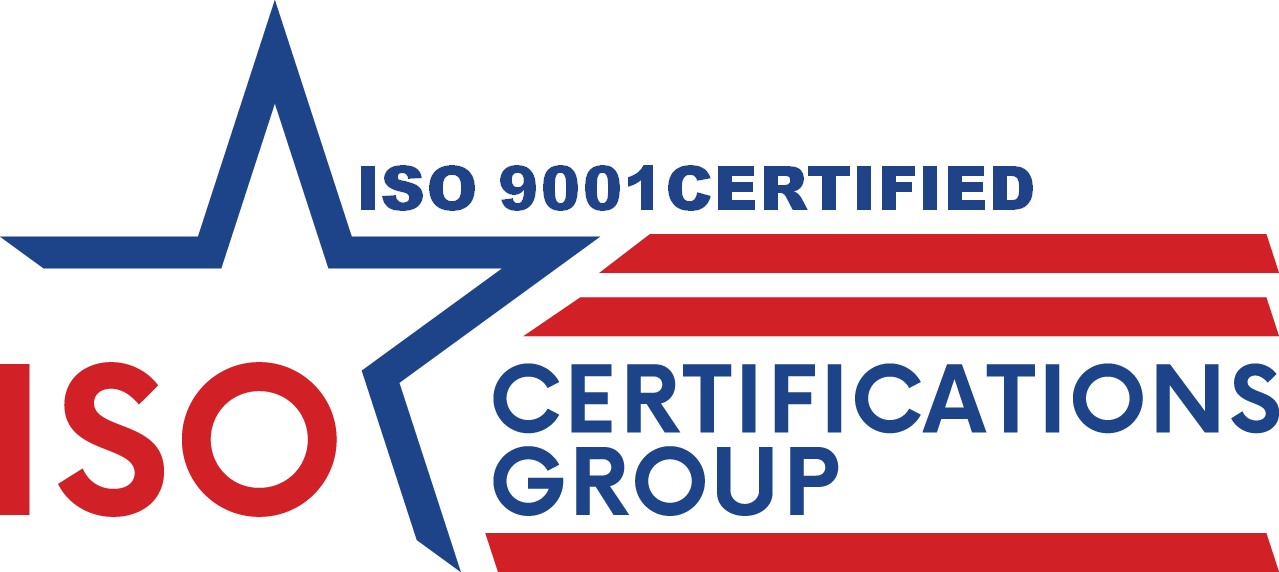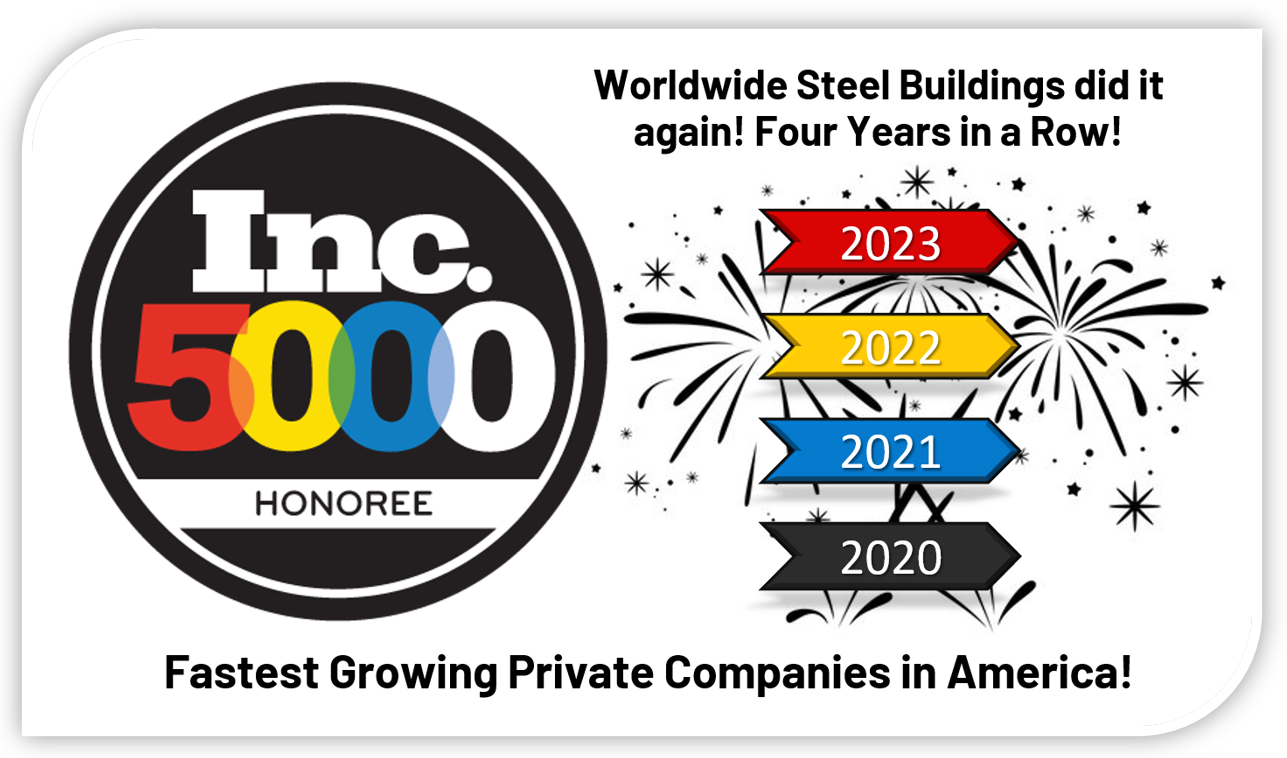Metal Building Construction Site Safety Tips

Worldwide Steel building kits are designed with a focus on construction site safety tips, targeting those eager to independently erect their new metal building or with help from a small crew of construction workers, friends, or a local contractor. Recognizing the challenges faced by construction companies, our construction process is streamlined and user-friendly, acknowledging the potential hazards in construction projects, and is suitable even for those outside the professional construction industry. With just a bit of common sense, the right equipment, and some extra hands, you can manage the entire build by yourself. Remarkably, most of our customers find no need to rent heavy machinery or other heavy construction equipment.
Our metal building systems are crafted to simplify construction and help prevent accidents, fatalities, and near misses. The trusses are pre-punched, our sheet metal attaches to purlins and girts with self-drilling, color-coded screws. We provide a comprehensive step-by-step assembly manual that doubles as a safety training guide, emphasizing safety procedures and ensuring workplace safety throughout the construction work and building process.
However, it’s vital to remember that ease of construction doesn’t equate to a lack of potential risks. Working with large, heavy sheets of metal and tall steel beams means adhering to safety measures, safety plans, and site safety rules is critical. Here are a few safety precautions we deem essential:
1. Wear Personal Protective Equipment (PPE)
Proper protective gear, including safety vests and harnesses, can significantly reduce the risk of injury on a steel building construction site. Essential items include:
- A hard hat: Everyone on or near the construction job absolutely must wear an OSHA-approved hard hat, all the time. Even if you’re not actively building, there is always a risk of head injury due to falling objects.
- Boots: Always wear sturdy work boots with good ankle support and no-slip rubber soles for optimal safety, preferably steel-toe.
- Gloves: Protective gloves are crucial to guard against lacerations from sharp sheet metal.
- Goggles: Again, make sure they’re OSHA-approved and essential for anyone using a drill or a saw to protect from flying particles and electrical hazards.
- Masks: Recommended when working with hazardous materials, insulating materials, or wood trim.
2. Eliminate as Many Fall Risks as Possible
We prioritize safety by recommending that as much work as possible is done on the ground. If you do as much assembly as possible at ground level, you can then lift and install the components (like walls and roof panels) once they’re complete. For the times when you absolutely need to be up high (every job has these, of course), you can continue to mitigate your risk by using personal fall arrest systems and guardrails when working at heights to minimize the risk of falls. Things like ladder safety and avoiding roof work in windy or slippery conditions can also go a long way.
3. Communicate with Everyone Working on the Project
Whether you’ve hired help or just convinced your buddies to help you raise the walls on your steel building, everyone on-site needs to take the project seriously. Ensuring everyone on the construction job is aware of safety hazards, understands safety procedures, and knows how to properly use construction equipment is paramount. Keeping emergency numbers and a first aid kit available is also essential.
4. Keep the Job Site Clean
A tidy worksite, free of hazardous materials and with clear exit paths, is a safe work environment. Regular cleaning and maintenance of construction equipment also play a crucial role in worker safety.
5. Admit When You’re Out of Your Depth
Recognizing when tasks require professional expertise, especially in work areas prone to electrical hazards or where complex excavations are involved, is crucial. Safety culture in construction involves knowing when to call for professional help to ensure safety and quality.
Additional Tips for Construction Site Safety
Beyond these fundamental safety measures, it’s important to foster a safety culture among everyone involved in the project. Regular safety meetings and discussions can help reinforce the importance of adhering to occupational safety protocols.
Another key aspect of maintaining a safe construction site is the regular inspection and maintenance of tools and equipment, including scaffolds and electrical equipment, to prevent electrocution or other safety issues.
Finally, a well-thought-out emergency response plan, including procedures for dealing with various types of emergencies, is essential.
For more detailed guidance, our Steel Building DIY Instructions are invaluable. Available with every metal building kit and for preview before purchase, they offer a comprehensive overview of the metal building construction process.
We at Worldwide Steel are committed to your safety and success. For assistance, guidance, or to share your building ideas, contact us at (800) 825-0316. Let’s safely bring your vision to life with some fun and creativity!





